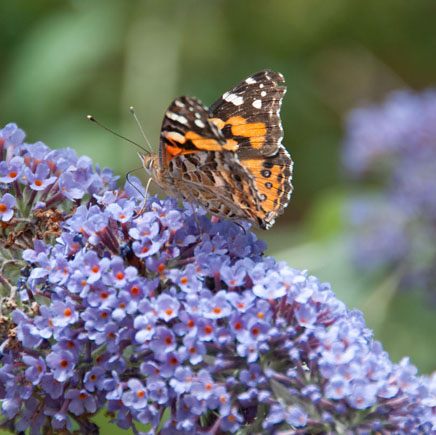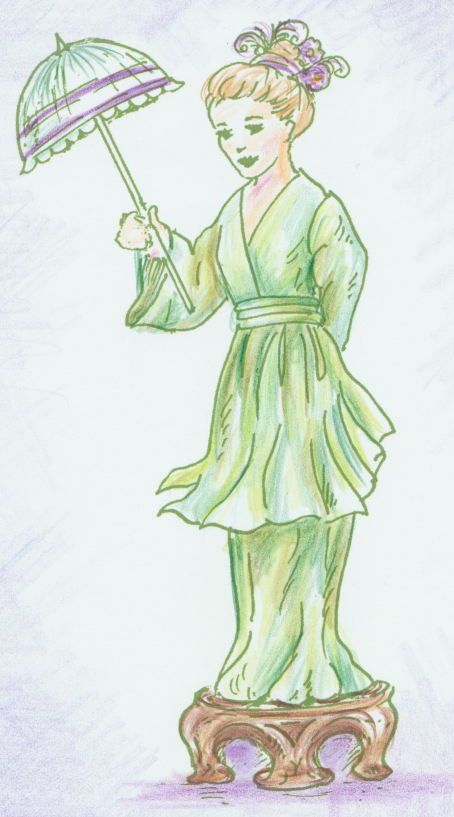
I’ve always associated the colour black with mourning. Black arm-bands, high-necked black dresses, black veils, jet jewellery. Recently I've been researching mourning practices during the Victorian era for my book, The Jade Widow. What I've learned is that there was a convention known as ‘half-mourning’, which allowed the grieving widow to wear lilac after the first year or two had passed.
For those who have suffered the loss of a loved one, you will know there is no such thing as grieving by halves. Not in an emotional sense. Nor can anyone set a timeline on the grieving process and expect a person who has been bereaved to follow it. ‘Grief has its own timetable,’ as one of the characters in my book says. ‘You can’t expect it to depart at a set time like a steam-engine.’
All the same, I'm drawn to the idea of lilac as a transition from sombre black and greytones to lighter, brighter hues, reflecting the journey from darkest grief towards hope and renewal.
But why lilac rather than any other colour? Well, it seems that lilac bushes have been a symbol of love and loss since ancient times. Whether this special significance derives from the flowers themselves or the lingering fragrance or even the heart-shaped leaves, I don't know.
As for the sudden popularity of the colour lilac in the mid-1800s, there’s a very practical reason. Until that time, the colour had been extracted from mallow plants or from the glands of mollusks. Both processes would have been labour-intensive and expensive. No wonder purple was the colour reserved for royalty! Can you imagine how many mollusks would have been sacrificed to make a single vial of lilac dye? I don’t even want to think about it!
In the spring of 1856 everything changed when eighteen-year-old London student,  William Perkin undertook a chemistry experiment which produced a lilac-coloured residue. Realising its potential as a synthetic dye, he dubbed it ‘mauveine’ and applied for a patent. In 1862, the year after Prince Albert died, Queen Victoria was seen wearing lilac – or mauve, as it came to be known - to the Royal Exhibition. And suddenly it became the hue du jour.
William Perkin undertook a chemistry experiment which produced a lilac-coloured residue. Realising its potential as a synthetic dye, he dubbed it ‘mauveine’ and applied for a patent. In 1862, the year after Prince Albert died, Queen Victoria was seen wearing lilac – or mauve, as it came to be known - to the Royal Exhibition. And suddenly it became the hue du jour.
The colour lilac plays a symbolic role in my novel-in-progress, 'The Jade Widow' (September 2013), which is set in 1880s' Australia. But I had better not go into the details for fear of giving too much away. Suffice it to say that the widow in question is so reluctant to replace her black clothes with something less sombre that her friends have dubbed her ‘the black widow’.
Will she remain the grieving widow forever or will she embrace life again? I'm afraid you’ll have to wait and see!
Special thanks to my friend Jan N. who first alerted me to the significance of the colour lilac in Victorian times.
Photo taken by my husband this summer before the heatwave - it's a buddleia not a lilac.
Deborah O’Brien
January, 2013
